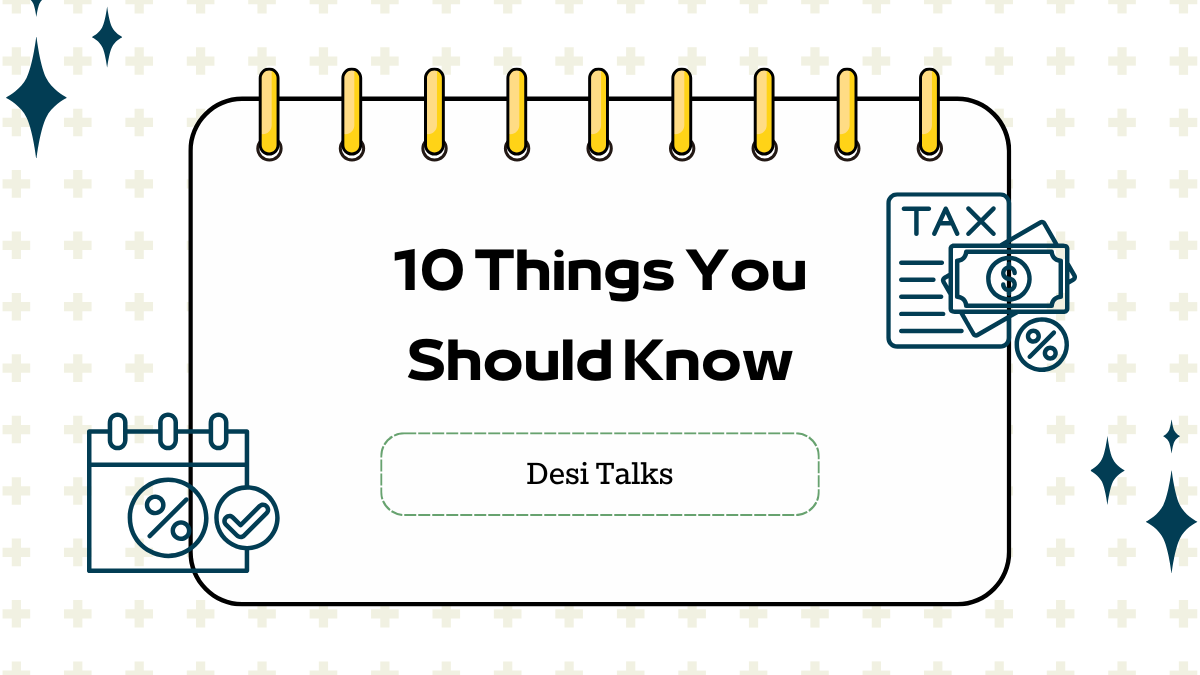On Thursday, February 13, Finance Minister Nirmala Sitharaman presented the Income Tax Bill 2025 in the Lok Sabha. The new bill aims to make tax laws easier to understand by replacing complex terms like “assessment” and “previous year” with simpler terms like “tax year.” It also removes complicated explanations and provisos.
The bill is 622 pages long and includes 536 sections, 23 chapters, and 16 schedules. However, it does not introduce any new taxes. Instead, it simplifies the language of the existing Income Tax Act of 1961, which currently has 298 sections and 14 schedules.
Income Tax Bill 2025 Introduced in Parliament – Top 10 Key Highlights You Should Know
- The new income tax bill 2025 ,uses simpler language, which will help reduce tax-related disputes and make it easier for both taxpayers and the tax department to understand the rules. Mumbai-based investment and tax expert Balwant Jain noted that the current tax laws can be difficult to interpret, leading to confusion and multiple interpretations.
2. Introduced in the Lok Sabha by Finance Minister Nirmala Sitharaman, the bill proposes changes that impact various taxpayers, including individuals, businesses, and non-profit organizations.
3. The new Income Tax Bill 2025 is 622 pages long, compared to the existing Income Tax Act, which spans 1,647 pages—showing an effort to simplify tax laws.
“The bill has 536 sections, up from 298 in the current law, suggesting that complex provisions have been broken down into smaller, clearer sections for easier understanding and implementation. Additionally, the number of chapters has been reduced from 52 to 23, indicating that outdated chapters have been removed and related topics have been merged to make the law more straightforward,” explained tax expert Balwant Jain.
4. The government has made some big changes to how income tax works. First, they’ve raised the amount of money you can earn before paying any tax. If you’re a salaried employee, you won’t owe any income tax on the first ₹12.75 lakh you earn. This is because the first ₹12 lakh is completely tax-free, and on top of that, there’s a standard deduction of ₹75,000. This change should leave more money in the pockets of middle-class families, which could lead to more spending and saving.
5. They’re trying to make the tax system much simpler. The goal is to cut down the number of rules and regulations by about 25-30%. This should make it easier for people to understand and follow the tax laws, and hopefully lead to fewer disagreements with the tax department.
Finally, while they’re simplifying things, they’re also changing some of the deductions and exemptions you could previously claim on things like investments, donations, and certain expenses under sections 10 and 80C to 80U of the old tax law.
6. You now have more time to fix mistakes on your tax returns. Instead of two years, you now have four years to file an updated return if you’ve missed something or made an error. The government hopes this extra time will make it easier for people to file their taxes correctly and that these changes will create a fairer tax system for everyone
7. The government is changing how we talk about taxes. They’re getting rid of terms like “financial year” and “assessment year” and replacing them with a simpler term: “tax year.” This is part of their effort to make the tax system easier to understand by using clearer language and cutting down on unnecessary explanations.
The new rules also clarify how much of your income is taxable. Basically, if you live in India, you’ll still be taxed on your worldwide income. If you’re not an Indian resident, you’ll only be taxed on the income you earn within India. These basic tax principles haven’t changed, but the way they’re explained has been made clearer.
8. The new income tax bill 2025, in Clauses 67 to 91, introduces explicit provisions for virtual digital assets and updates beneficial tax rates. This ensures that digital assets, such as cryptocurrency, are covered under a proper tax framework. It defines “virtual digital asset” and “electronic mode”, reflecting the growing importance of digital transactions and cryptocurrency in today’s financial landscape.
9. Non-profit organizations used to get some tax breaks for their charitable work, but the rules weren’t always very clear. The new rules are much more specific. They explain exactly what kind of income is taxable, what the rules are for following the law, and what kinds of commercial activities are allowed. This means non-profits will have to follow stricter rules, but at least now they’ll know exactly what those rules are.
10. The new tax bill brings together a bunch of different deductions and adds some new ones to help startups, online businesses, and investments in renewable energy. They’ve also changed how capital gains tax works. Before, depending on how long you held an asset (like a stock or property), profits from its sale were taxed differently as either short-term or long-term gains. There were also special tax rates for selling securities. The new bill changes some of these rules.
While moving the Bill for introduction, FM Sitharaman urged Birla to refer the draft law to a select committee of the House, which will submit its report by the first day of the next session. She urged the speaker to take a call on the proposed panel composition and rules.
